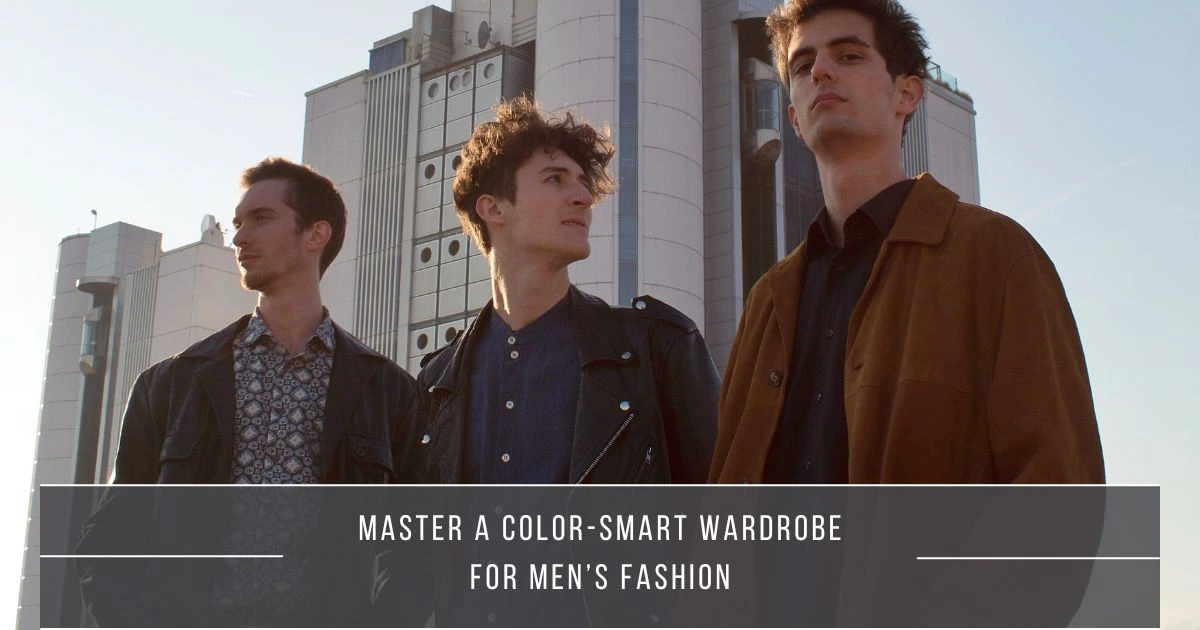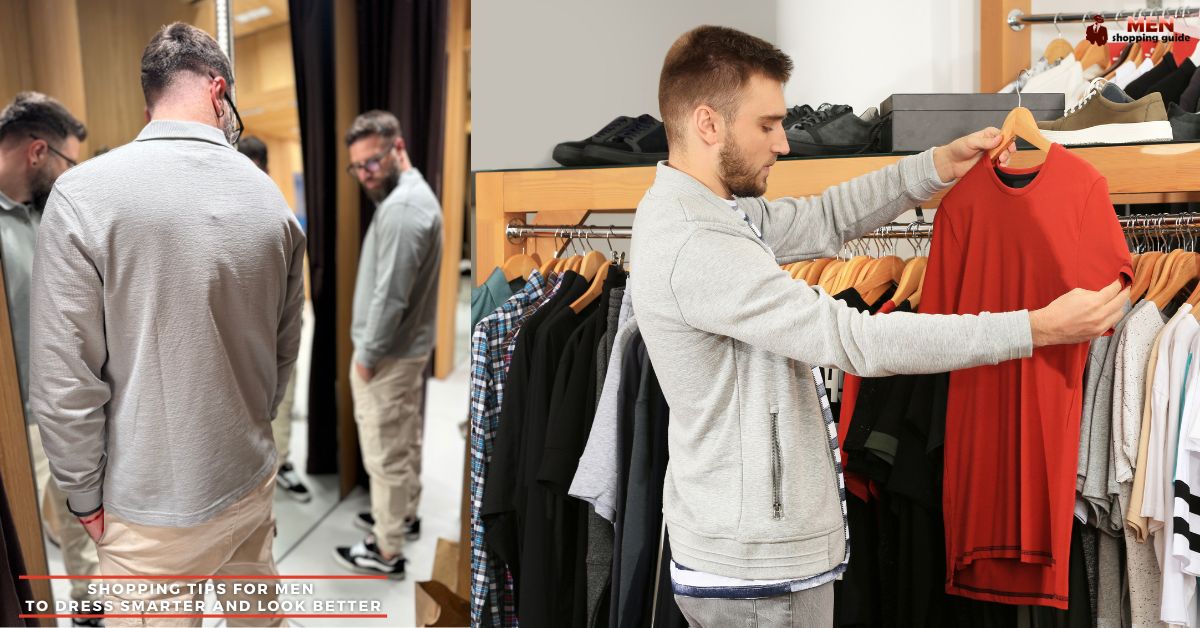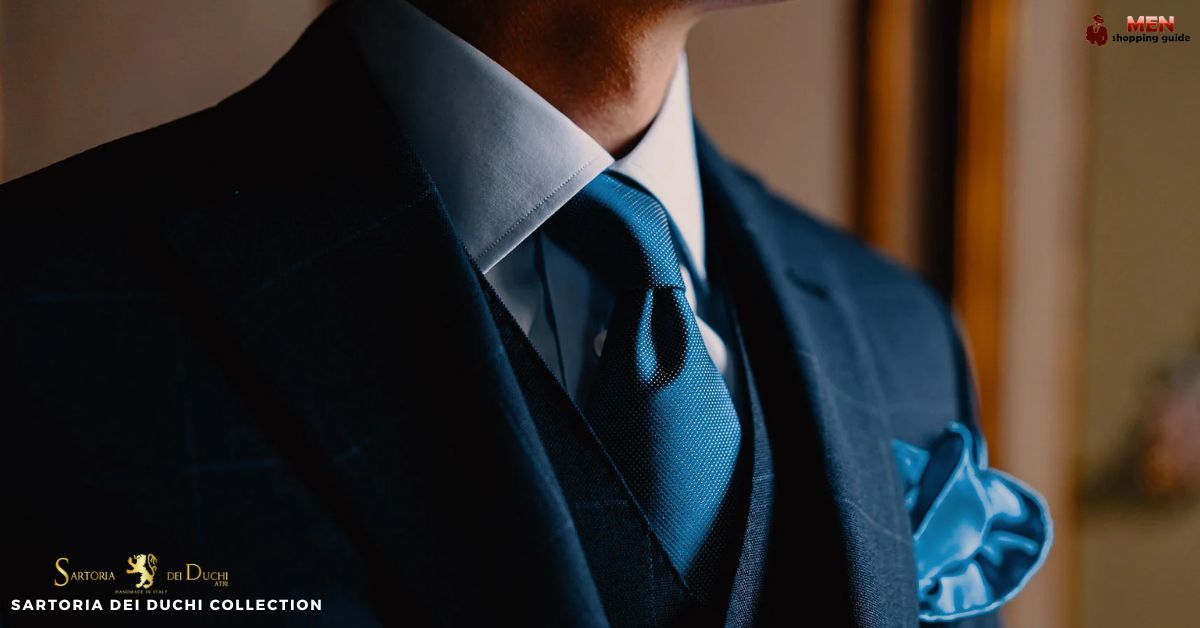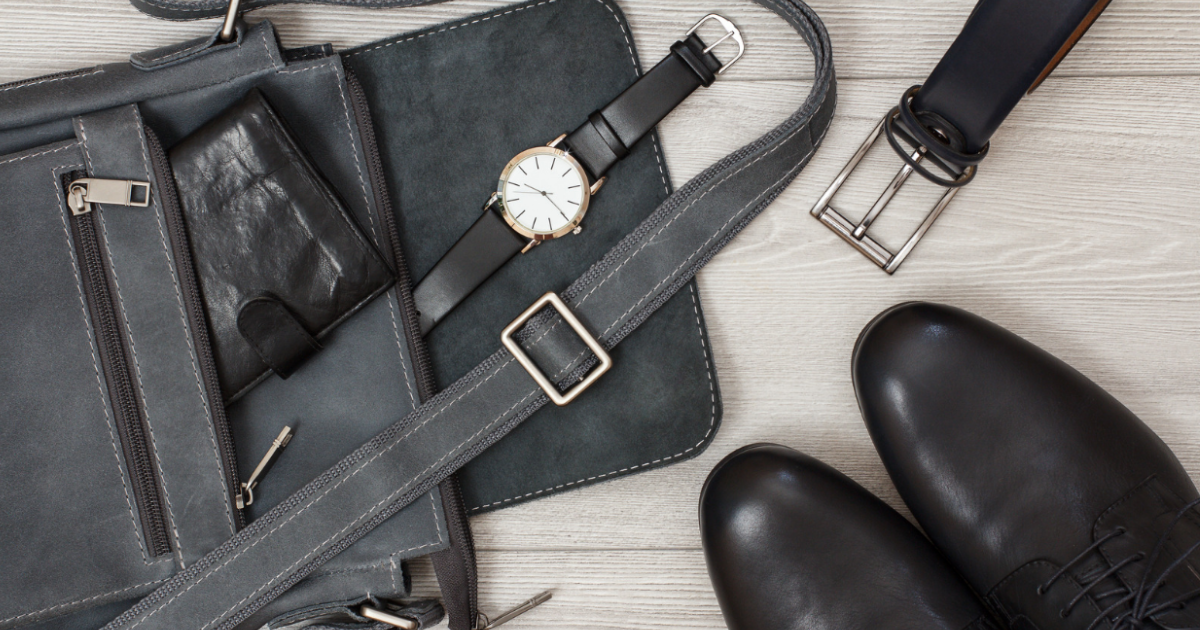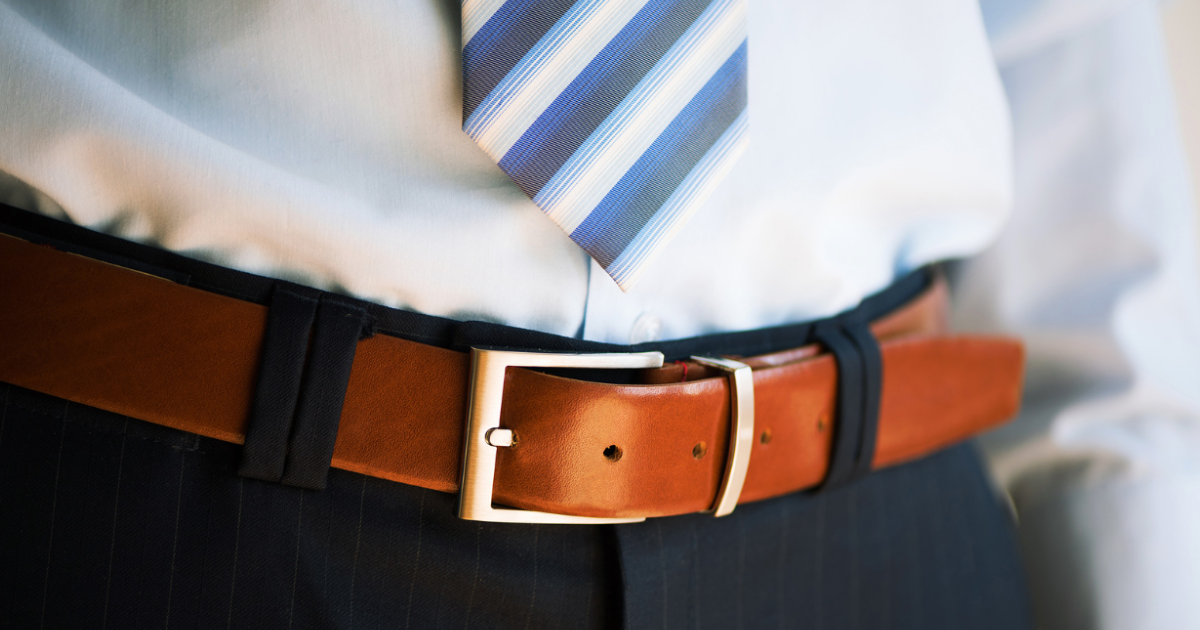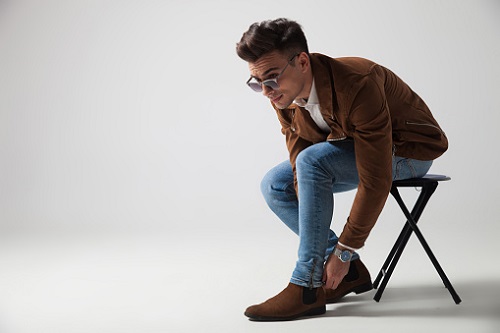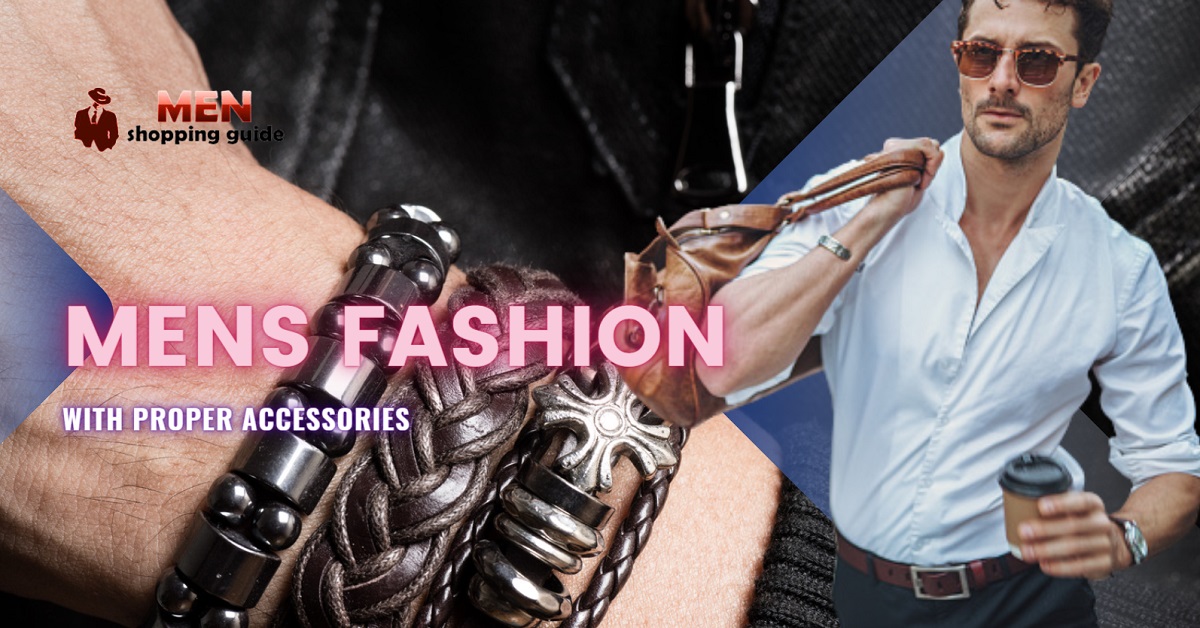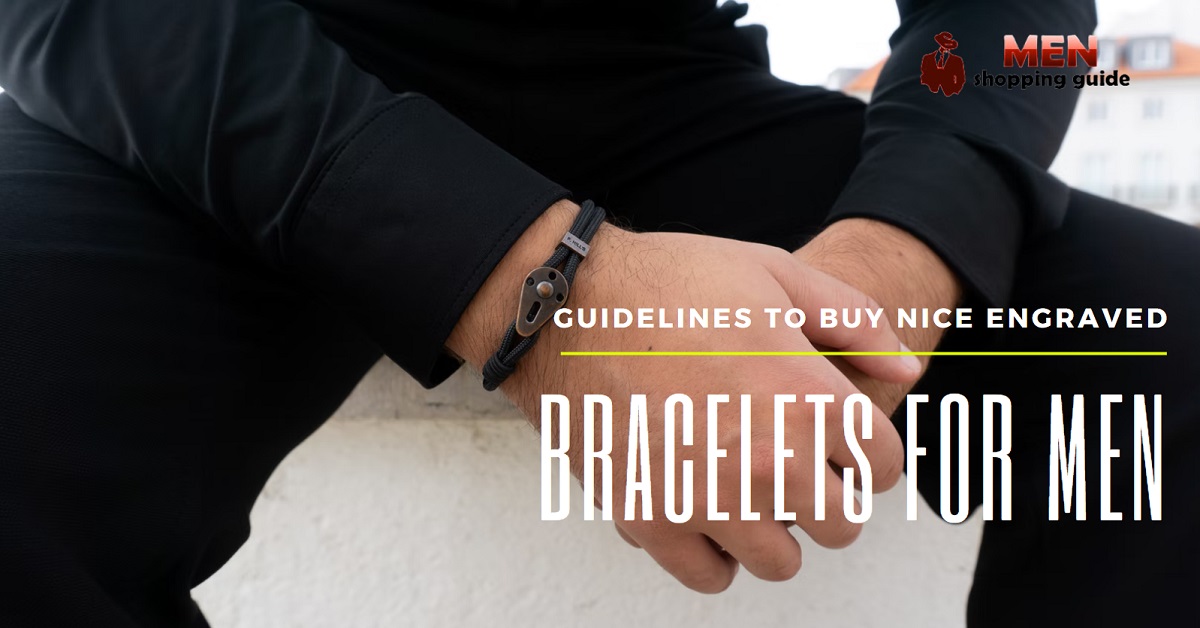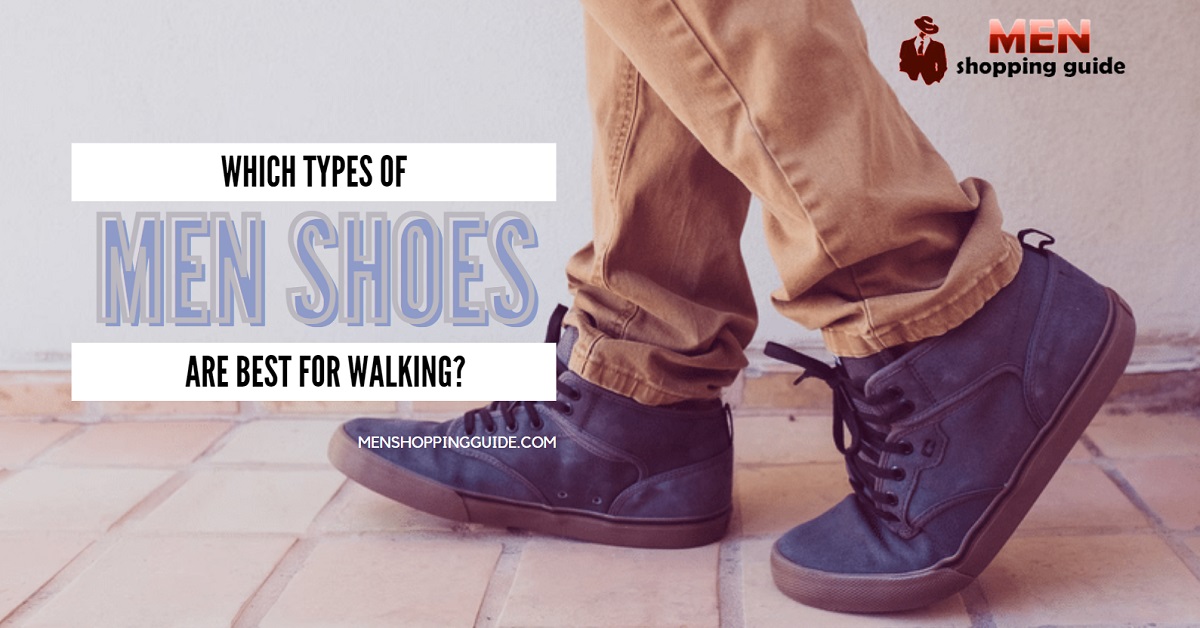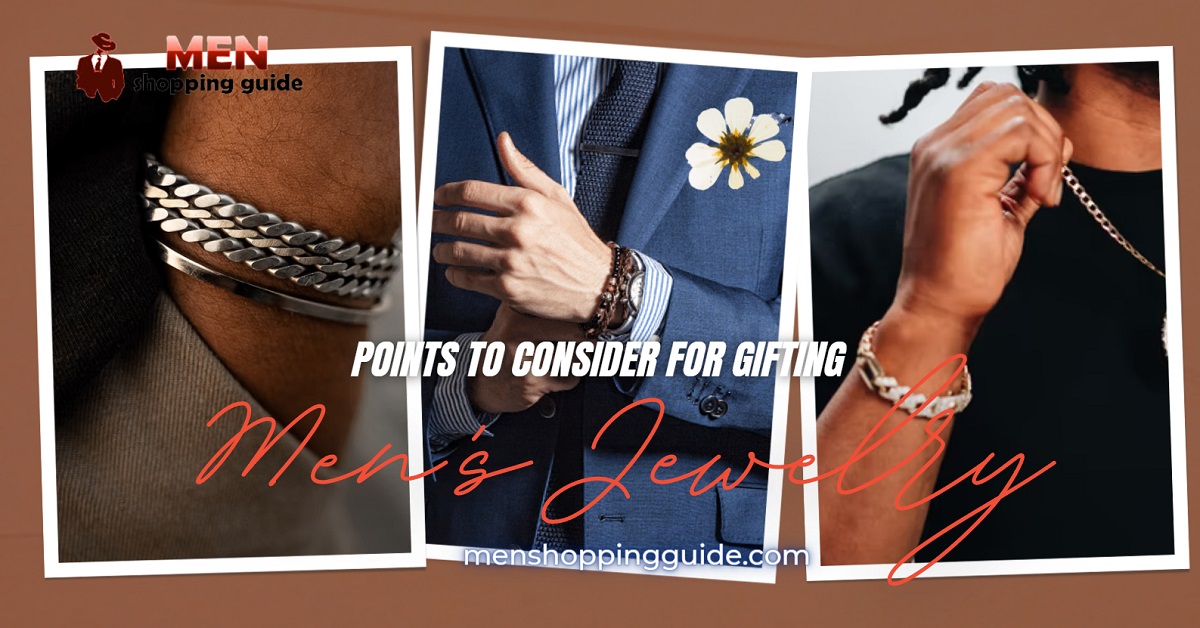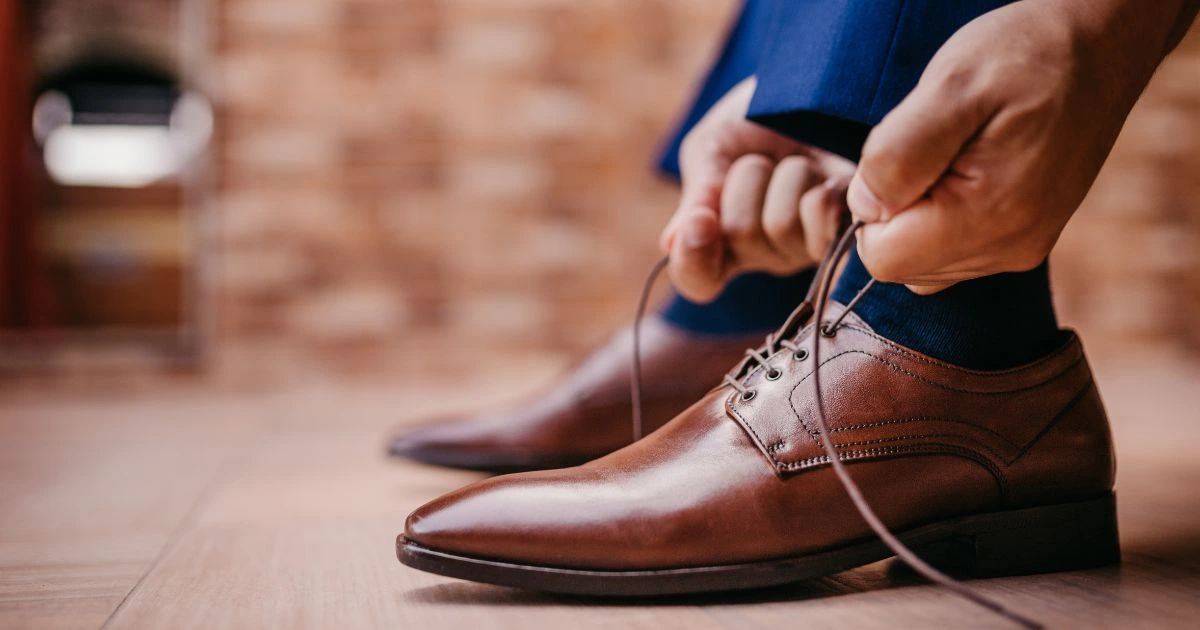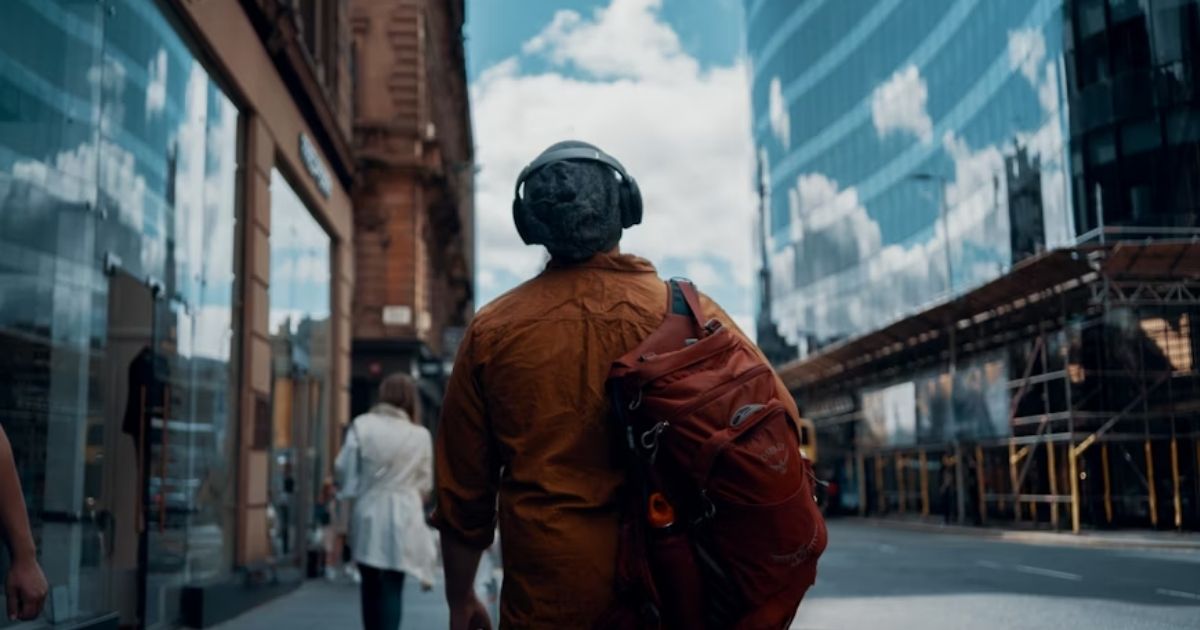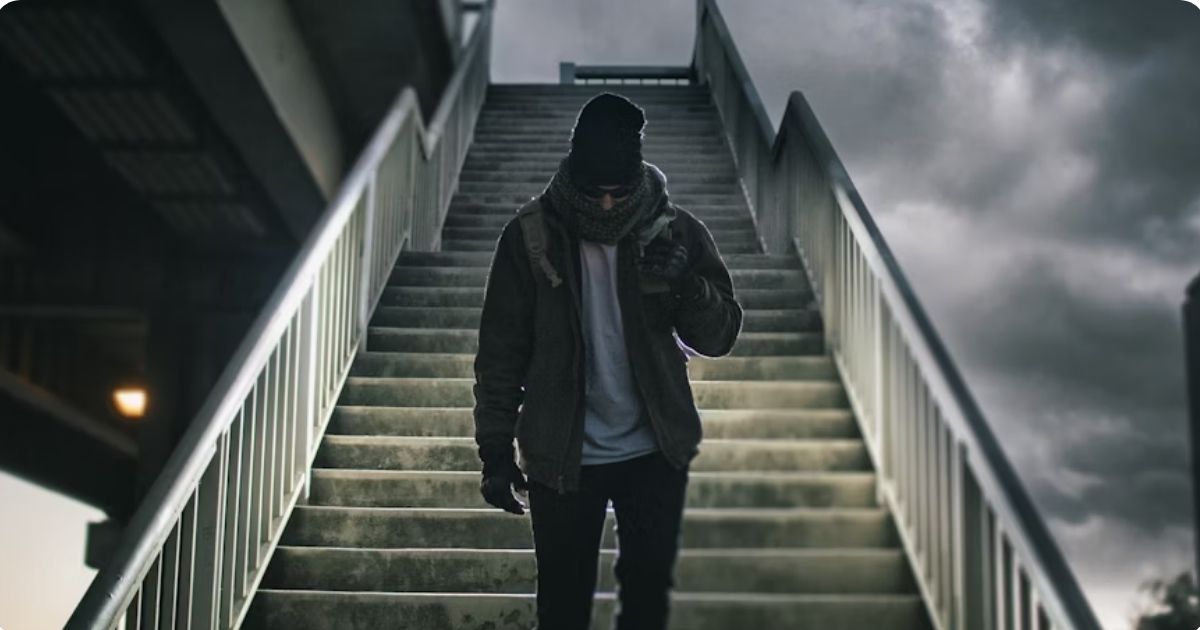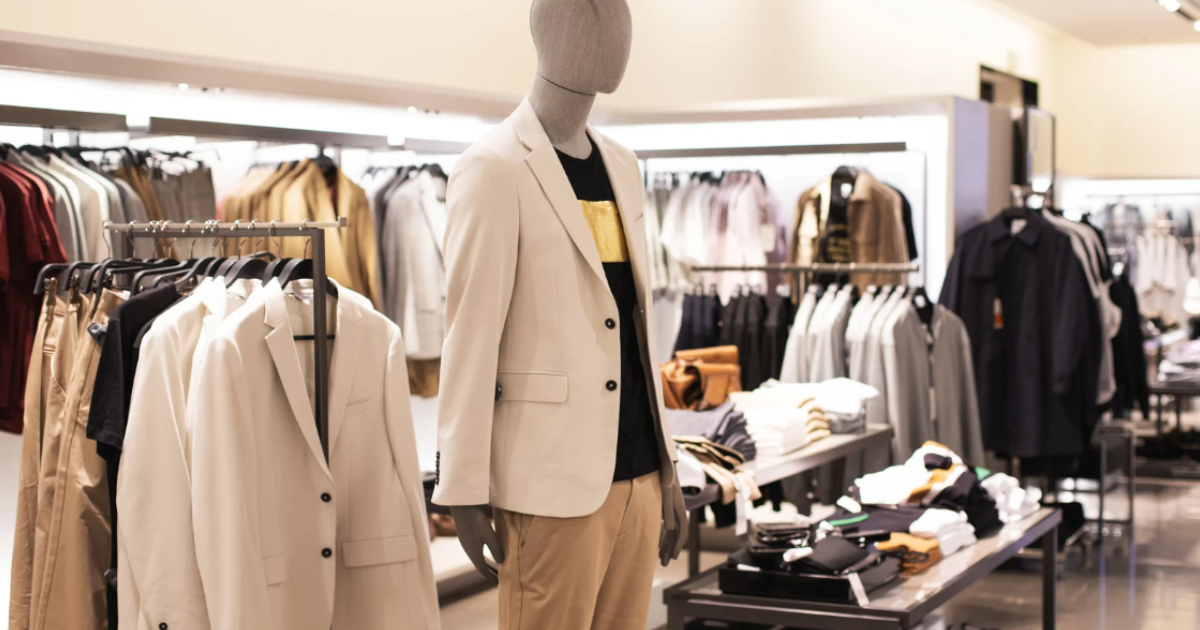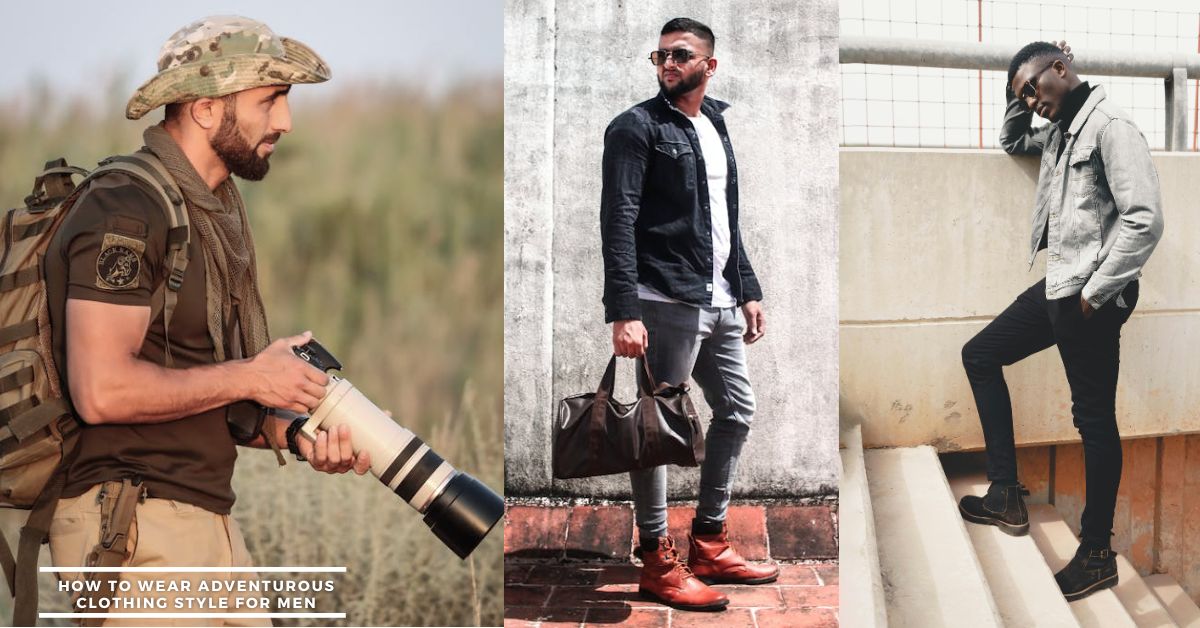Color-smart wardrobe in men’s fashion isn’t just about picking what looks good; it’s about choosing shades that reflect who you are, influence how you feel, and shape how others see you. In 2025, the significance of color has gone deeper: we’re seeing a shift from merely wearing clothes to living in a palette that conveys intent, confidence, and presence. Whether you lean minimalist or expressive, understanding how to use color effectively can transform your look and elevate your confidence.
Here’s a deep dive into how color choices can elevate a man’s style and mindset—plus practical tips and trends for 2025.
How to Build a Color-Smart Wardrobe for Men in 2025
1. Why Color Matters
Color speaks before a single word is uttered. When you enter a room wearing strong, purposeful color, you often project energy, confidence, or calm. When you stick with safe neutrals all the time, you miss out on the emotional and psychological influence that color can offer. The hue of your shirt, jacket, or shoes sends subtle signals.
“Color does not add a pleasant quality to design—that which adds meaning is structure,” said designer Fernand Leger. In fashion that translates into: color is part of your structure. In 2025, color carries weight—not just aesthetic weight but expressive weight. For men looking to amplify their style and confidence, embracing color intentionally matters.
2. Trend Outlook for 2025 in Men’s Color Palettes
Several 2025 reports highlight key color trends for men:
- Spring/Summer 2025 brought earthy greens like olive, soft ecru, light greys, dusty pinks, powder blues, camel, and classic navy.
- Seasonal indicators for color show richer shades like chocolate brown getting major traction as versatile alternatives to black.
- Fashion editors are spotlighting standout pairings for elevated looks: for example, chartreuse paired with chocolate brown is forecast as a strong “luxury” color mix.
These trends make a clear statement: color isn’t about random boldness, but about confident choices that integrate modern palette awareness, versatility, and personality.
3. Matching Color to Skin Tone and Setting
The right color for you depends on your complexion and the situation. Here are general guidelines:
- Warm skin undertones (yellow/golden): Lean into camel, olive green, chocolate brown, mustard, terracotta.
- Cool skin undertones (pink/blue): Opt for powder blue, soft lavender, ecru, navy, grey.
- Neutral undertones: You have more flexibility—mix both warm and cool palettes, but ensure contrast and clarity.
Setting matters, too: a daytime casual event can accept brighter hues; a formal business meeting may require grounded tones with a subtle accent of personality. For example, a blazer in navy with a pocket square in burnt orange gives controlled vibrancy without overstepping.
4. Starting with Neutrals—Then Building Color Confidence
If you’re not comfortable with bold hues yet, begin with strong neutrals and add one subtle accent. In 2025, “grounded neutrals” like ecru, light grey, camel, and chocolate brown are trending.
Example: You wear a charcoal suit (safe neutral) and introduce a tie in terracotta or mustard. The result: you look modern and intentional rather than bland. Over time, you move beyond neutrals and begin introducing bolder pieces—say a shirt in powder blue or a jacket in olive.
5. Use Color to Communicate Mood and Purpose
Your color choices can reflect what you want to convey:
- Authority and professionalism: Deep navy, charcoal, chocolate brown. These tones signal maturity and control.
- Approachable and creative: Dusty pink, lavender, powder blue. These shades can soften an image while showing personality.
- Dynamic and bold: Chartreuse, electric blue, tomato red. Use sparingly—often as accents rather than full looks—but they show confidence.
- Relaxed and nature-inspired: Olive green, camel, sand. Earthy tones are comfortable and contemporary.
When you select these shades intentionally, you control how the world reacts to you.
6. Five Key Color Strategies to Elevate Style
Here are quick, actionable strategies:
- One accent piece per outfit. Keep the base neutral (e.g., navy, grey), then add a bold accent (e.g., pocket square, socks, belt) in a standout shade.
- Monochrome with tonal layering. Use varying shades of the same color—e.g., slate grey jacket, steel grey shirt, charcoal trousers—to create depth without color overload.
- Complementary contrast. Pair colors opposite on the color wheel (navy and burnt orange, olive and rust) for high impact.
- Seasonal shift. In warmer months, use lighter pastels (dusty pink, powder blue). In colder months, richer tones like chocolate, terracotta, and deep olive dominate.
- Tie color to mood. Feeling creative? Try a lavender shirt. Want to feel grounded? Reach for camel or chocolate brown.
7. Real-Life Examples of Color Elevation
- A man wearing a light grey suit with a crisp white shirt already looks sharp. He adds a tie in terracotta. Instantly, the outfit looks modern rather than generic.
- At a networking event, another man pairs olive chinos with a sand-colored overshirt and a navy T-shirt. The look is relaxed yet put-together.
- Formal setting: charcoal suit, black shirt, pocket square in mustard. The mustard shows personality, while the base remains formal and controlled.
- Casual weekend: powder blue overshirt over white tee, beige chinos. This palette looks fresh and confident but not flashy.
8. Mistakes to Avoid
Even when you’re going bold, some missteps can undermine your look:
- High contrast in all pieces. If every element is vibrant, your outfit can look chaotic. Balance bold with neutral.
- Undervaluing the impact of undertones. A warm skin tone in a cool shade (e.g., icy blue) may wash you out.
- Ignoring fit in favor of color. A perfect color can’t rescue a poorly fitted garment. Fit still comes first.
- Using color as a gimmick. Trend-hopping with wild hues isn’t effective unless it aligns with your personal style.
- Ignoring the setting. A chartreuse blazer may kill at a creative event, but look out of place in a boardroom unless styled cautiously.
9. Building a Color-Smart Wardrobe
Here’s an easy framework:
- Staple neutrals: Navy suit, charcoal trousers, camel coat, white shirt.
- Seasonal layers: Light grey blazer, powder blue shirt for spring; chocolate brown sweaters, deep olive field jacket for fall.
- Accent pieces: Tie in tomato red, socks in mustard, belt in olive, pocket square in dusty rose.
- Mix textures with color. A camel suede jacket + navy denim boots, or a chocolate brown knit + off-white trousers, gives richness.
- Rotate purposefully. Every quarter, evaluate one new color addition—don’t overhaul everything at once.
10. Confidence Through Color Choices
When you wear color intentionally, your confidence grows. You walk more upright. You smile more easily. You become aware of your presence in the room—and others pick up on it. Your inner feeling of greatness is just as important as your outward appearance. When you match your color choices to your mood and purpose, you bring more composure and presence.
Psychologists refer to this as enclothed cognition, which is the concept that the clothing you wear has a direct effect on your mental state and thought processes.
11. Trending Palettes for 2025 and Beyond
- Mocha Mousse (Pantone 2025 Color of the Year): A warm, rich brown that conveys elegance and depth.
- Chartreuse + Chocolate Brown: Bold pairing spotlighted in 2025 fashion color reports.
- Dusty Rose + Tomato Red: Unexpected combination featured in seasonal trend round-ups.
- Camel + Sky Blue: A fresh, relaxed contrast recommended for refined yet relaxed dressing.
These palettes can be used across your wardrobe—suits, outerwear, accessories, shirts—to keep your look relevant yet timeless.
12. Color for Different Environments
- Professional/formal: Stick to charcoal, navy, and deep brown. Add an accent like muted lavender or burnt orange if appropriate.
- Creative/social: Olive green, camel, powder blue, dusty pink. These show personality without going overboard.
- Casual / weekend: Sky blue, sandy beige, terracotta, charcoal. Keep silhouettes relaxed and color effortless.
- Digital/virtual presence: The screen flattens color—choose hues that create contrast with your background. Try a navy blazer and a pastel shirt for video calls for clarity and polish.
13. How to Experiment Safely
If you’re new to color exploration:
- Start with accessories—socks, pocket square, tie, belt. These small changes carry less risk but still shift your look.
- Try one color per outfit for a while. Once comfortable, introduce two or three similar tones.
- Observe lighting. What looks good indoors may read differently in sunlight or dim light.
- Record your looks—take photos, note how you feel, and how people respond. Adjust based on comfort and reaction.
- Keep faithful records. When a color feels right, mark it. Over time, you’ll have a palette you trust.
14. The Link Between Color, Perception, and Behavior
Color influences perception—how others view you—and behavior—how you move through the world. In menswear, that means choosing color not just for visual impact but for emotional effect. A man wearing a tonal camel feels warmth. One wearing sharp navy feels composed. One wearing chartreuse feels adventurous. The alignment of color with self-image strengthens confidence.
In 2025, men are increasingly aware that style is not only what you show the world—it is how you feel when you show up. Color is a major part of that.
15. Long-Term Versus Short-Term Color Strategy
Styles come and go, but your personal palette should build across years. Here’s how to think long term:
- Start building a core palette over two years: neutrals + one accent family.
- Invest in timeless pieces in staple colors.
- Keep seasonal experiments small: layering pieces, accessories.
- Revisit your palette each fall and adjust for new moods or environments (new job, new city, etc.).
- Use quality fabrics; color shows more in high-quality materials.
16. Color Mistakes That Hurt Confidence
When color misaligns with mood or context, it does more harm than good:
- Wearing vivid red to a serious meeting when you feel uncertain could amplify discomfort.
- Matching your tone poorly: olive that blends too closely with skin may appear dull.
- Over-matching every item: The “matching set” look can feel forced.
- Ignoring care: faded color or off-shade fabric looks like neglect, and that undermines style.
Recognize these errors and adjust intelligently.
17. Building Color Rituals
Make color part of your daily routine:
- Pick your top three hues for the week ahead based on the schedule.
- Start with a base item (suit/trousers), then pick an accent piece.
- At night, review your color choices: did you feel comfortable? Did others respond positively?
- Keep a small color swatch or mood board in your phone for inspiration.
Over time, you build fluency and confidence in color selection.
18. Color and Sustainable Style
Color plays a role in sustainable menswear trends. In 2025, we see more subdued, versatile palettes rather than seasonal novelty. Why? Because investment in fewer pieces means each one should serve multiple settings and pair with many others. Colors like camel, olive, charcoal, and powder blue lend longevity and pairing potential.
19. Boosting Your Digital and Social Presence with Color
In a world where many interactions shift online, color still matters. On video calls or social media posts, your color choices continue to signal professionalism, authenticity, and style. Focus on contrast (you versus background), clarity (clean colors), and intention (one accent color item). A plain white tee may get lost—try a light blue shirt under a center-framed blazer.
20. Experiment and Evolve with Your Color Choices
Style is never static. Your color preferences may change as you grow, your lifestyle evolves, or your environment shifts. Maybe you used to love monochromatic looks but now feel drawn to richer, warmer hues. Allow your wardrobe to evolve with you. Try new color combinations, mix textures, and step outside your comfort zone every once in a while. The goal isn’t perfection—it’s progress and self-discovery through style.
The Confidence of Color
Color is more than just a design choice; it’s a powerful language of self-expression. Every shade you wear sends a message about who you are and how you feel. When chosen thoughtfully, colors can elevate your confidence, boost your presence, and turn even simple outfits into statements. In 2025, men’s fashion isn’t about following rules but understanding the impact of personal style. The right color doesn’t just change how you look—it changes how you show up in the world.

